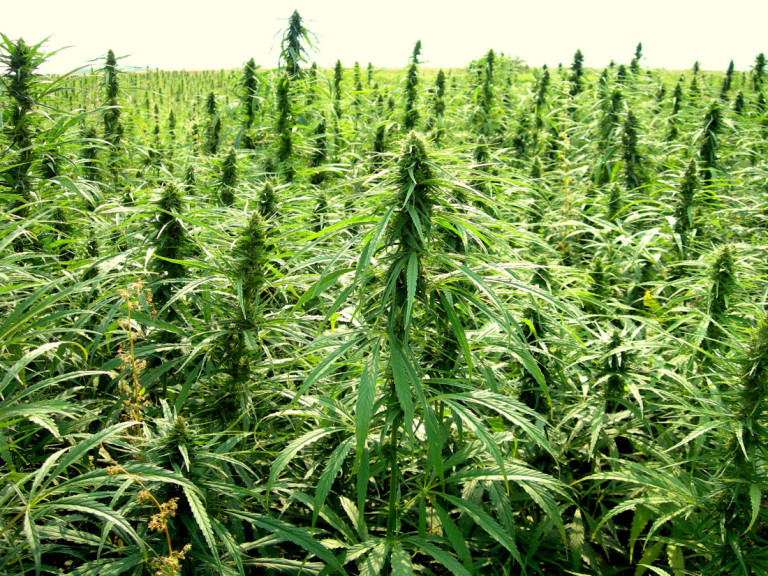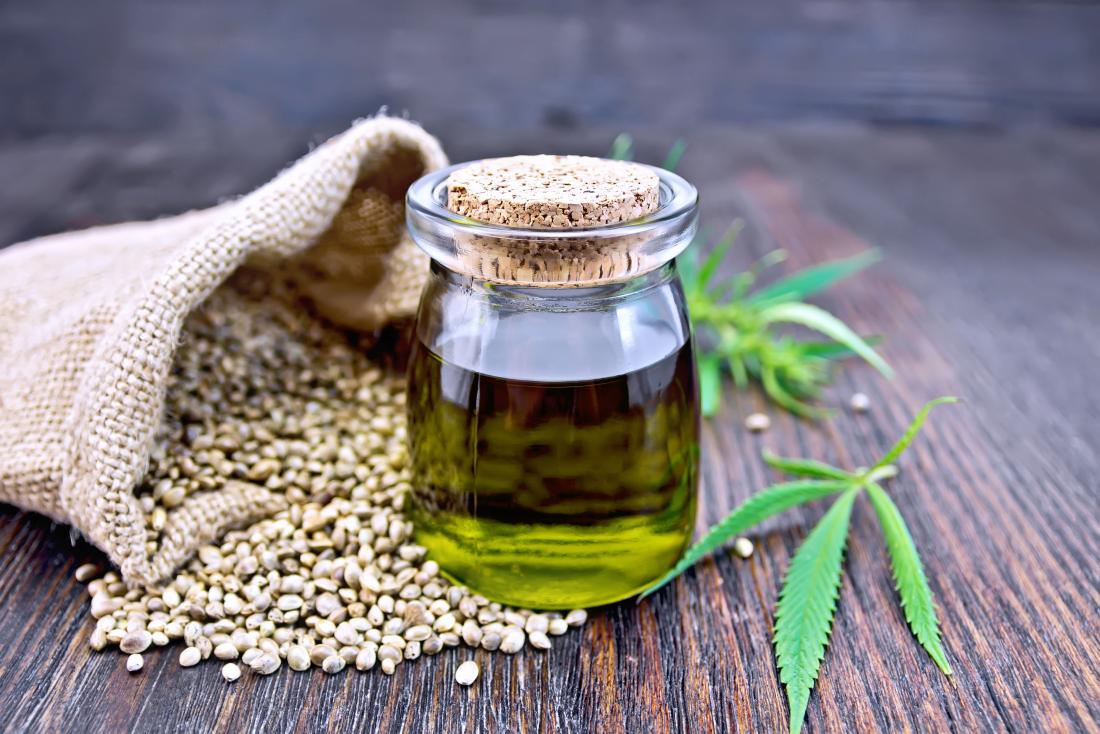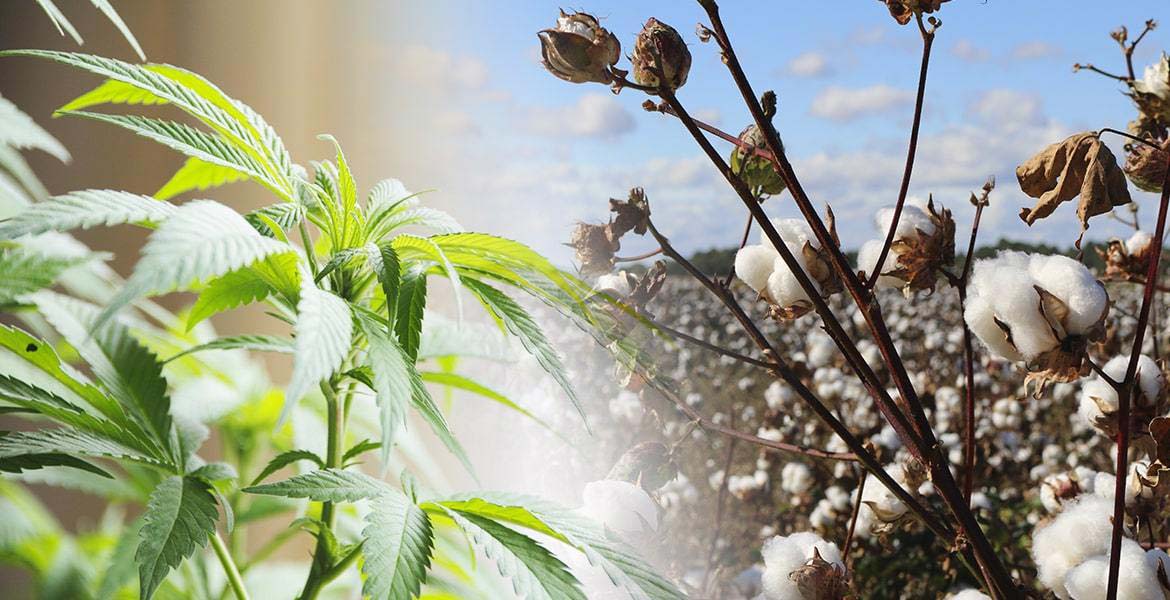
Hemp Bioplastic
Need for change amidst all the chaos Human negligence and lack of care has plunged our world into darkness with little hope of it returning

Need for change amidst all the chaos
Human negligence and lack of care has plunged our world into darkness with little hope of it returning to its former glory. Every living thing on this planet is being affected from the extensive climate changes that are happening on this planet, polar ice caps have melted, numerous species of animals have become extinct but we still continue to pollute our lands and water. We as a species are following a non-sustainable development model.
According to Greenpeace 8 million tons of plastic ends up in our seas and oceans per annum and the amount is increasing yearly with little signs of slowing down.
Although 80% of all such residues degrade in six months, plastics take several hundred years to do so. International environmental and government organizations have begun to take action but their plans which span for a period of 10-30 years are not attainable for all regions and countries around the globe.
Hemp and its potential for saving our planet
Hemp which is obtained from the seeds of a CBD plant has presented itself as an all in one solution to many of the problems we are dealing with related to developing a sustainable future for all. Hemp has the potential to replace traditional plastic and the use of harmful materials involved in the production of goods in various fields such as fashion, automobiles etc.
Hemp is not only beneficial to us for its medicinal properties and acting as a raw material for a variety of product. It helps in creating biodiversity and allow us to make use of its pulp, fibre and seeds for the production of hempmat, hemp paper, hemp fibre etc.
Future of Hemp based Plastics
Hemp not only provides us with an opportunity to replace harmful materials used in production processes but also improves the performance and quality of the various products containing it. Innovations in hemp plastic technology are continuously replacing traditional plastic in almost all industries. For instance, some of the largest automobile manufacturers including Bugatti and Mercedes make use of hemp plastics to make hemp fiber panels for their cars.
Hemp plastics offer far greater advantages as compared to traditional forms of plastic. They do not release carbon dioxide upon decomposition. Hemp plastics are mostly biodegradable which can play a major role in helping us win the war against global warming.
1. Hemp cellulose
Cellulose is the most common organic polymer on our planet. Although they are mostly used for manufacturing paper, however, they are also used to manufacture a wide range of biodegradable plastics which include rayon, celluloid and cellophane.
2. Cellophane, rayon and celluloid
Celluloid is manufactured through the production of cellulose nitrate. Cellulose nitrate is then mixed with camphor which helps make a solid thermoplastic which can be molded through heating. It is commonly used as plasticizer.
Rayon and cellophane are regenerated cellulose fibers. Both of these fibers are used to manufacture rayon fiber and cellophane film. Hemp contains roughly 25-30% more cellulose as compared to wood. Hemp requires very little pesticides as compared to cotton and flax. It grows much quicker as compared to most trees. This makes it much more desirable when choosing between hemp based paper or tree paper, hemp fiber or cotton fiber.
3. What else does cellulose offer?
Cellulose can be used to manufacture various types of plastics. The variation in the types of plastics produced is associated with the degree of crystallization and the length of its polymer chains.
The raw pulp of cellulose can be separated into its various parts by adding it to a weak acid solution. This helps in producing cellulose Nano crystals. With additional head and pressure nano cellulose can be produced. Nano cellulose is a pseudo plastic which changes its form according to the external conditions it faces.
Nano cellulose is also known as micro fibrillated cellulose which can be used as an absorbing agent and a reinforcing material to strengthen plastic compounds. Moreover, Nano cellulose also acts as a low calorie agent in food and also aids in the production of sanitary products
4. Hemp bio plastics
Hemp bio plastics are bio composites which consist of an organic polymer matrix. This matrix is based on 70% cellulose which is found in hemp and synthetic polymers. Natural polymers include tree resins, tar, tortoiseshell etc. and natural fibers include flax, cotton, jute etc. Such natural fibers are fused with synthetic polymers to make a large variety of bio plastics that vary in stiffness, density, tensile strength etc. Such bio plastics which are produced from a variation in the organic and synthetic polymers used are employed in manufacturing car panels, furniture, housing, boats, musical instruments, medicine, and shopping bags.
Male plant fibers are more durable, softer and are also less resistant. Bio composites which involve hemp have a tensile strength which is comparable to fiberglass composites. Moreover we can get an idea of the impact resistance of hemp based bio composites from the fact that henry ford used an axe on his prototype hemp car back in 1941 and the car was undamaged. Hemp based fiber variations have 80% higher mechanical and stress properties as compared to traditional fiberglass.
5. 100% Organic Hemp based bio composites
Hemp is being used as a filling material in the development of 100% pure organic bio plastics. Hemp based bio composites exhibit greater stiffness and tensile strength when it is fused with the polymer matrix of cashew shell.
In 2007 a bio composite was produced from organic poly lactic acid by a group of Korean researchers. In 2009 Stanford researchers developed a hemp fiber reinforced
In 2009, a group of researchers from Stanford University announced the development of a hemp fiber reinforced composite made from BHP solution. This particular composite is used in flooring, furniture and construction.

Need for change amidst all the chaos Human negligence and lack of care has plunged our world into darkness with little hope of it returning

Hemp seed oil- there has been a buzz about this magic oil but what is it? Hemp basically belongs to the cannabis sativa family and

Move over, cotton… There’s a new fiber in town! Hemp and cotton have long been cultivated by humans for relatively similar purposes: making fabric, apparel,